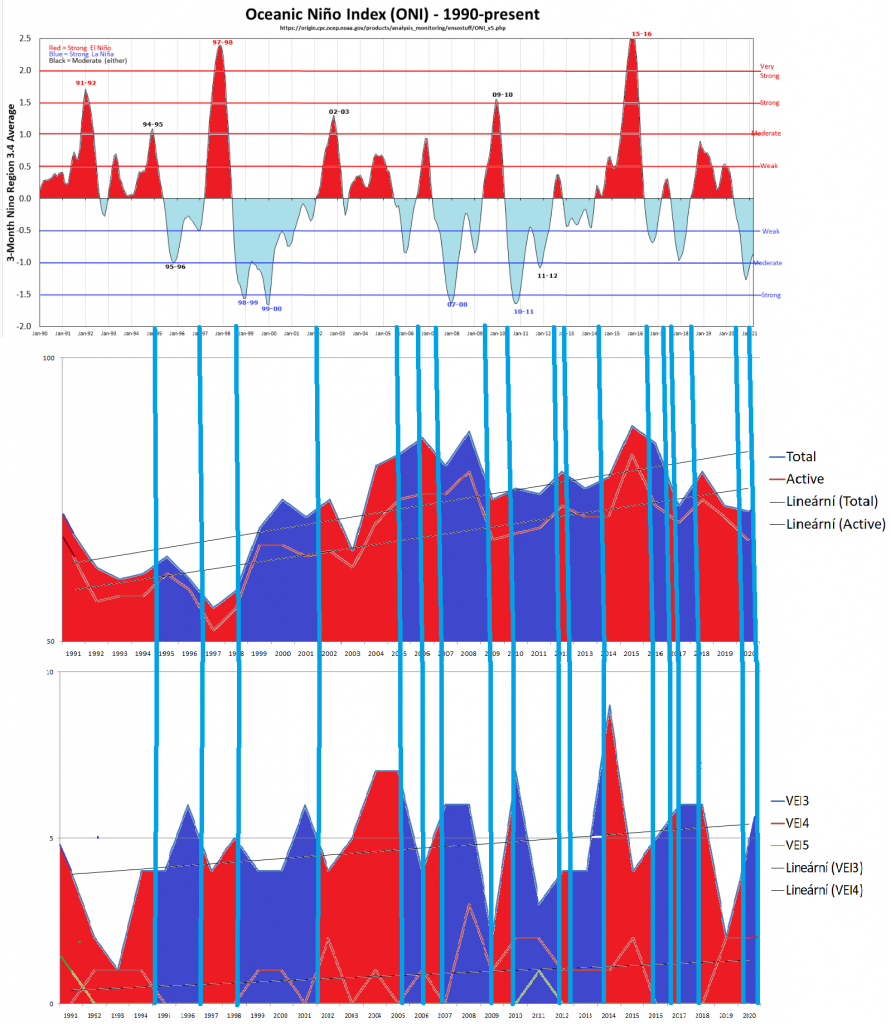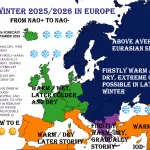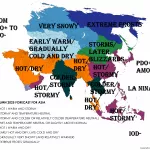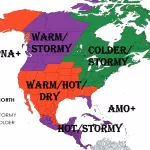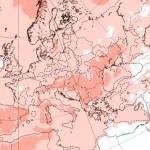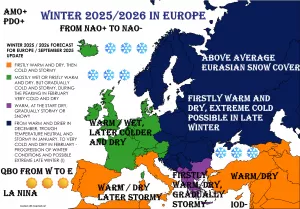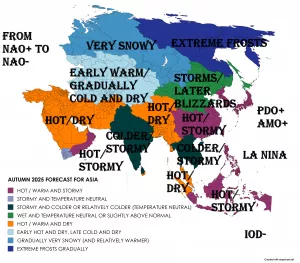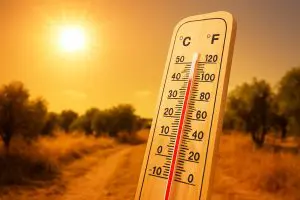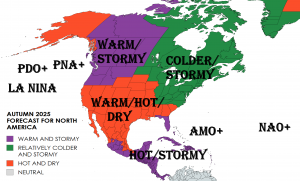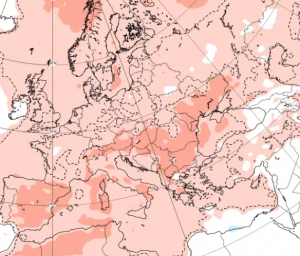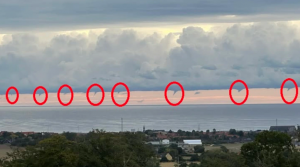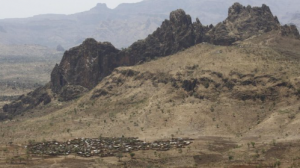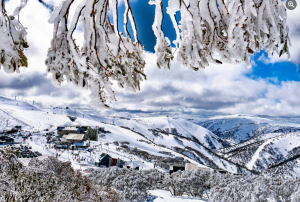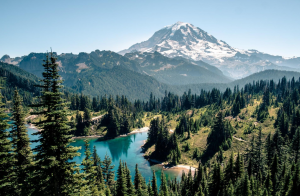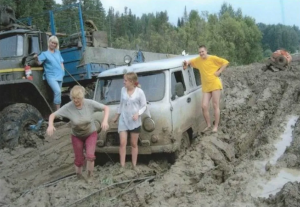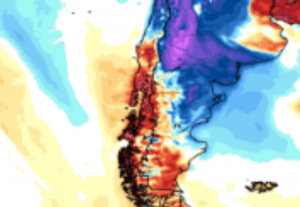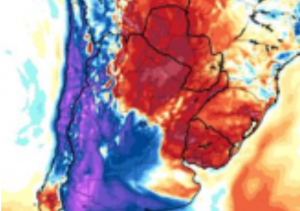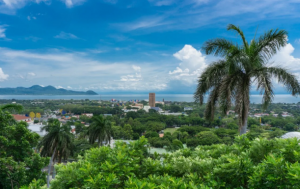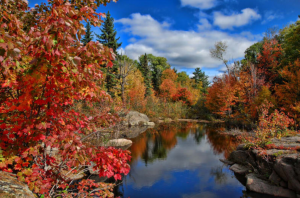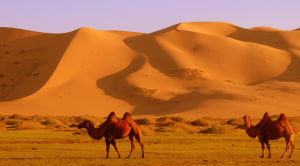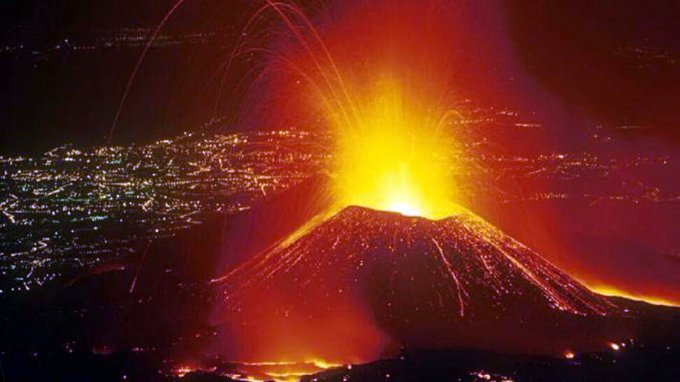
In last days, the next from series of strong volcanic eruptions occurred in Nyiragongo, Goma, Congo.
After powerful volcanic eruptions from last months and years from St. Vincent and Grenadines (VEI4), Mt. Sinabung, Indonesia (VEI3) or Sangay, Ecuador (VEI2) and others it´s the next significant volcanic event, which should have contribution into global decrease of temperature.
Moreover, powerful La nina and weak solar cycle are evident and climate in 2021 became much colder such as in previous years, with quite dramatic and unexpected cold conditions around the Earth since the start of the year /https://mkweather.com/the-next-cold-winter-strong-la-nina-in-winter-2021-2022-forecasted/; https://mkweather.com/a-big-european-circulation-anomaly-in-2021-totally-oppositely-such-as-in-the-world-and-showing-what-climate-change-should-bring-until-2100/; https://mkweather.com/solar-cycle-behind-nao-coldwaves-in-europe-and-la-nina-coldwaves-around-the-world-2021/; https://mkweather.com/global-temperatures-dramatically-went-down-the-sharpest-jump-since-1990s-la-nina//.
There is a question, how is volcanic activity associated with climate, therefore, in this article we have realized correlation analysis (Spearman correlation rank) between ONI index (phases ENSO – La nina and El nino) and Number of volcanic eruptions (overall) and Number of eruptions larger than VEI3 during the period 1991-2020.
Results have showed, that during the period from 1 year before an eruptions to 2 years after eruptions, negative correlations with ONI index were outputed, what means, that higher volcanic activity (more volcanic eruptions) should be associated with La nina phases.
Relatively crazy are correlations with number of VEI3 eruptions and larger, which are showing strong negative response (rho) for current year, but strong positive response for lags (-1, +1, +2 years), what means, that current year with strong eruptions should be linked with La nina, but previous and the following years should be more El-nino. It partially agrees with recent studies, which suggest, that big volcanic eruptions should trigger El-nino in close future /https://www.dailymail.co.uk/sciencetech/article-4948990/Large-volcanic-eruptions-trigger-El-Ni-o-events.html/.
In 2020, 7 VEI3 and larger eruptions have occurred. 7 and more VEI3+ eruptions after 1990 occurred only in 5 years: 2004, 2005, 2008, 2010 and 2014, therefore we should be again on a wave of powerful volcanic activity in last period.
Moreover, it appears, that stronger volcanic activity is associated with minimum of solar cycle /e.g. https://www.researchgate.net/publication/252294955_Possible_correlation_between_solar_and_volcanic_activity_in_a_long-term_scale/, what means, that our previous findings /https://mkweather.com/solar-cycle-behind-nao-coldwaves-in-europe-and-la-nina-coldwaves-around-the-world-2021//, that solar cycle should trigger La nina and NAO-, and then coldwaves in Europe, should be extended by volcanic activity, too.
Volcanoes appear to be linked with La nina and solar cycle and it is very possible, that similarly such as during Maunder minimum /https://en.wikipedia.org/wiki/Maunder_Minimum/ it is very closely associated wit NAO- and AO- (negative phase of North Atlantic and Arctic Circulation).
There is a time for a panic thanks to mini-21st century little ice age? It´s not probably so bad, but the next Summer (2021) and the next Winter (2021/2022) are expected to be anomalously cold in some parts of Europe or Northern Hemisphere /https://mkweather.com/summer-2021-in-europe-will-be-colder-such-was-forecasted/; https://mkweather.com/the-next-cold-winter-strong-la-nina-in-winter-2021-2022-forecasted//.


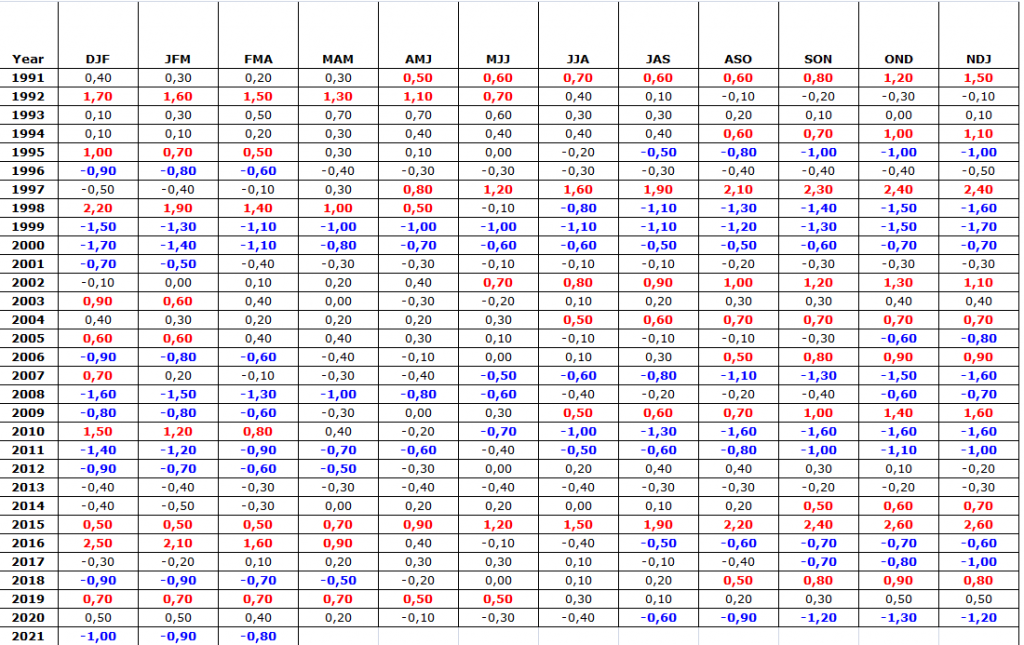

CORRELATION OF NUMBER OF VOLCANIC ERUPTIONS (UP) AND NUMBER ERUPTIONS LARGER THAN VEI3 (DOWN) WITH ONI INDEX
-1 YEAR LAG

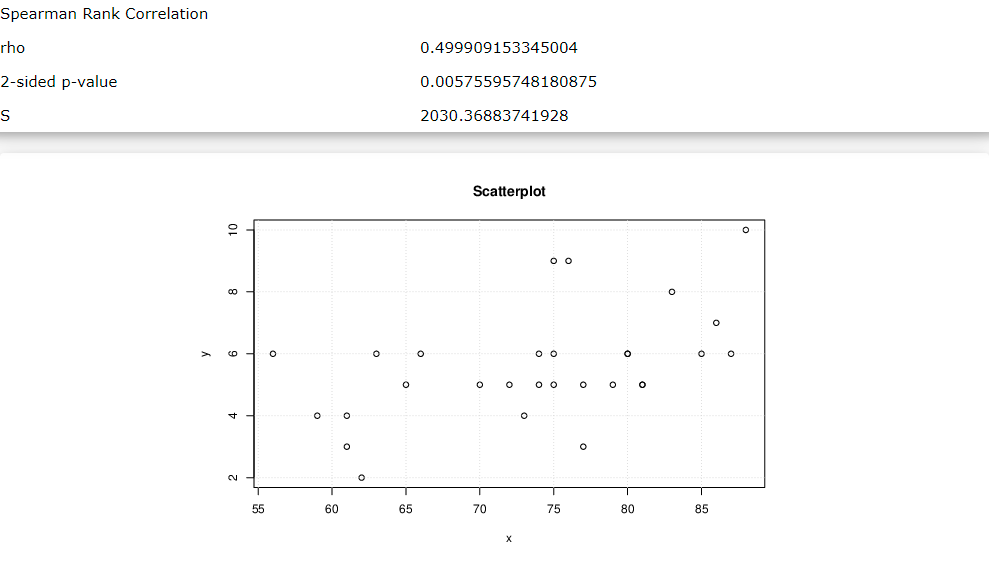
THE SAME YEAR
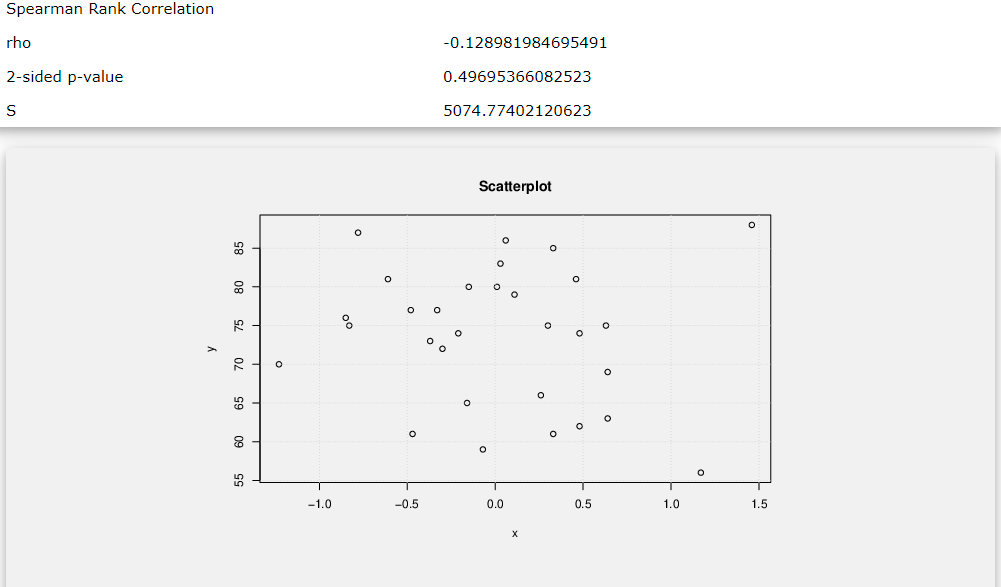
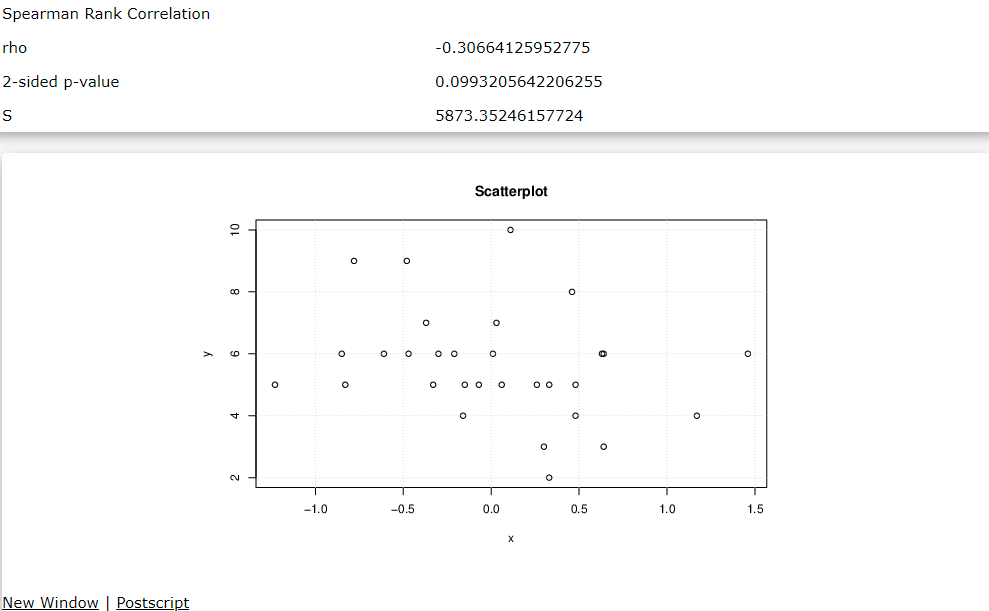
+ 1 YEAR LAG
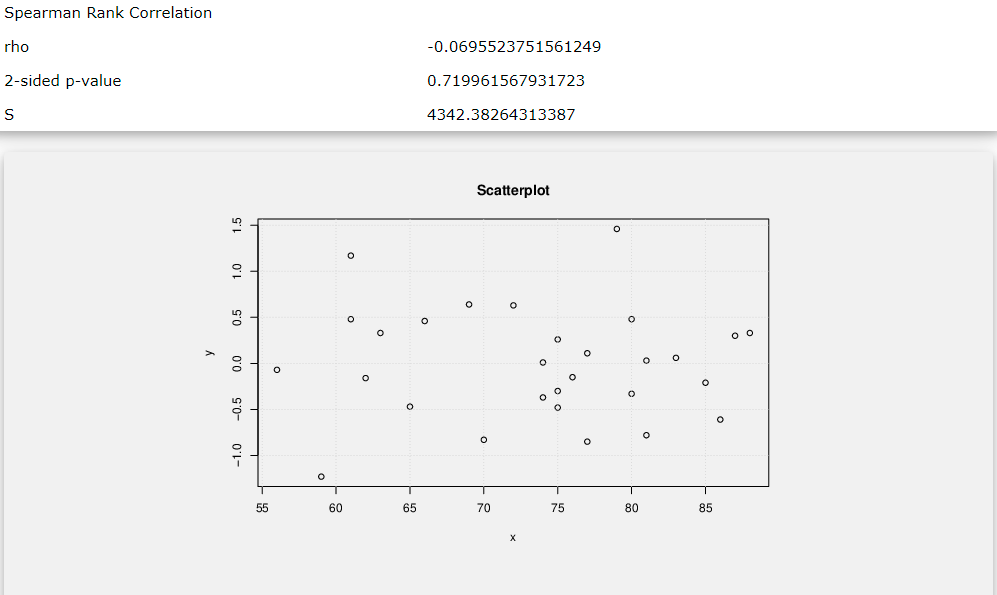

+2 YEARS LAG




